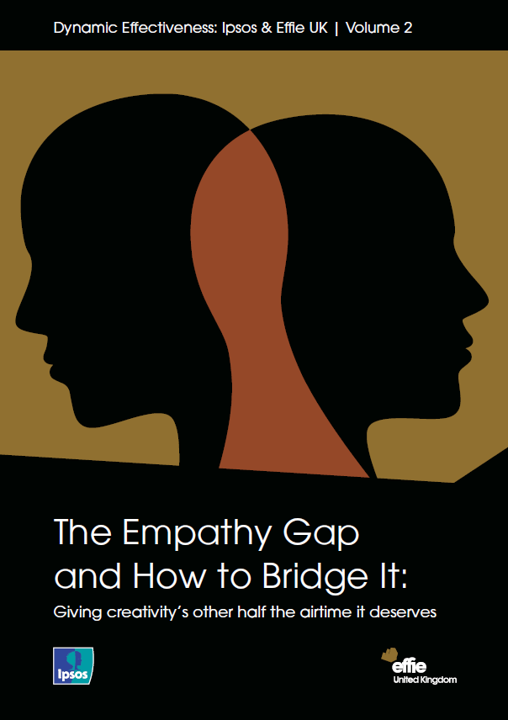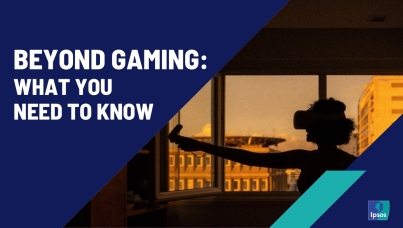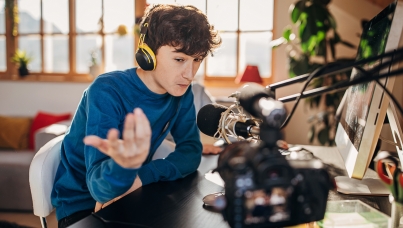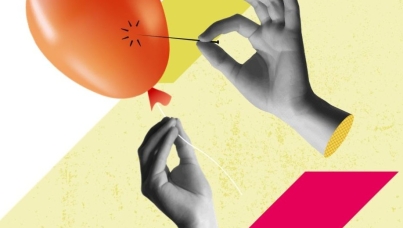The Empathy Gap and How to Bridge It
 As we navigate the current polycrisis, 73% of us globally wish we could slow down the pace of our lives. In the UK, agreement with this statement has gone up by 48% over the last 10 years. The implication for marketers when reaching out to some very overwhelmed people is twofold:
As we navigate the current polycrisis, 73% of us globally wish we could slow down the pace of our lives. In the UK, agreement with this statement has gone up by 48% over the last 10 years. The implication for marketers when reaching out to some very overwhelmed people is twofold:
- Can you avoid the temptation to complicate things?
- How can you maximise the effectiveness of your outreach while still respecting your audience?
The most effective campaigns are those which harness high quality strategic planning to identify a simple, compelling idea and express it with creative that is entertaining, different, and feels empathic or familiar for the audience. This paper explores the role of empathy in advertising as, in the search for simplicity and meaning, empathy creates the most meaningful point of connection with audiences – because there’s no deeper connection than an emotional one.
This report features Effie awarding winning case studies from: Yorkshire Tea and Lucky Generals, Dell, McDonald's and Leo Burnett, ITV and adam&eveDDB, Tesco and BBH, and The Mayor of London and Ogilvy UK.
As marketers, we tend to think about empathy in one direction: the ability to put ourselves in our audiences’ shoes and understand how they think and feel. While that’s important, I like the idea that empathy can be a two-way dynamic: it’s just as much about inviting your audience in to understand the brand, as it is about the brand understanding them.
For Yorkshire Tea we created a clearly defined emotional brand personality rooted in its Yorkshire roots that tea drinkers understood and connected with. It led to a campaign that took it from 3rd to 1st position, while maintaining its premium pricing. And it continues to deliver 5 years later.
Andy Nairn, Founding Partner at Lucky Generals
Key takeaways
Some campaigns are so good, they make you wish you had made them, with plenty of Gold Effie campaigns inspiring envy. This is one of the criteria for judging a Gold Effie. With campaigns like these, there is a dance between Creative Experiences and Ideas and something more overlooked, Empathy and Fitting In.
Empathy and Fitting in as we talk about it in this paper is not a sentimental concept. It is what everyday people perceive as either ‘for them’ or is concurrent with the brand world as they know it. Put simply it is either your brand gets them, or they get your brand.
- Ipsos testing data and Effie case data shows that campaigns that combine fresh creative ideas with ‘Empathy and Fitting In’ are more likely to be effective and perform +20% on short-term sales lift potential.
- Want to win a Gold Effie? Understand your audience and help them understand you. Higher Award levels were more likely to get ‘Empathy and Fitting In’ right.
- The strategic planning process unlocks campaigns, finding ‘Empathy and Fitting In’ from a variety of sources (human truths, product, brand, shopper insights, etc.
Campaigns that help the audience understand the brand or take pains to truly understand the audience drive results. For example:
- Tesco and BBH’s ‘Together this Ramadan’ campaign increased footfall amongst four million British Muslims, who felt appreciated by their commitment.
- Lucky Generals helped people truly understand Yorkshire Tea and how everything there is done ‘proper’, helping it grow from #3 to #1 in the UK tea category.
- Dell helped people suffering from Motor Neurone Disease keep their identity by creating an easier and more empathetic way to bank their voices.
- ITV and adam&eveDDB really understood how children think. They knew they hated vegetables and got them to eat 981 million extra portions anyway.
- The Mayor of London and Ogilvy UK’s ‘Have a Word’ campaign modelled behaviours for men to overcome the bystander effect when witnessing misogyny.
- McDonald’s and Leo Burnett drove £86m of additional profit, helping people connect with McDonald’s at Christmas by re-framing the humble carrot stick.
Discover the rest of the Dynamic Effectiveness Series
Table of contents
- Dynamic Effectiveness: Ipsos & Effie UK
- A Woman's Worth: How better portrayal is good for business
- The Empathy Gap and How to Bridge It
- Why Nostalgia Is So 'Fetch' Right Now
| Previous | Next |







